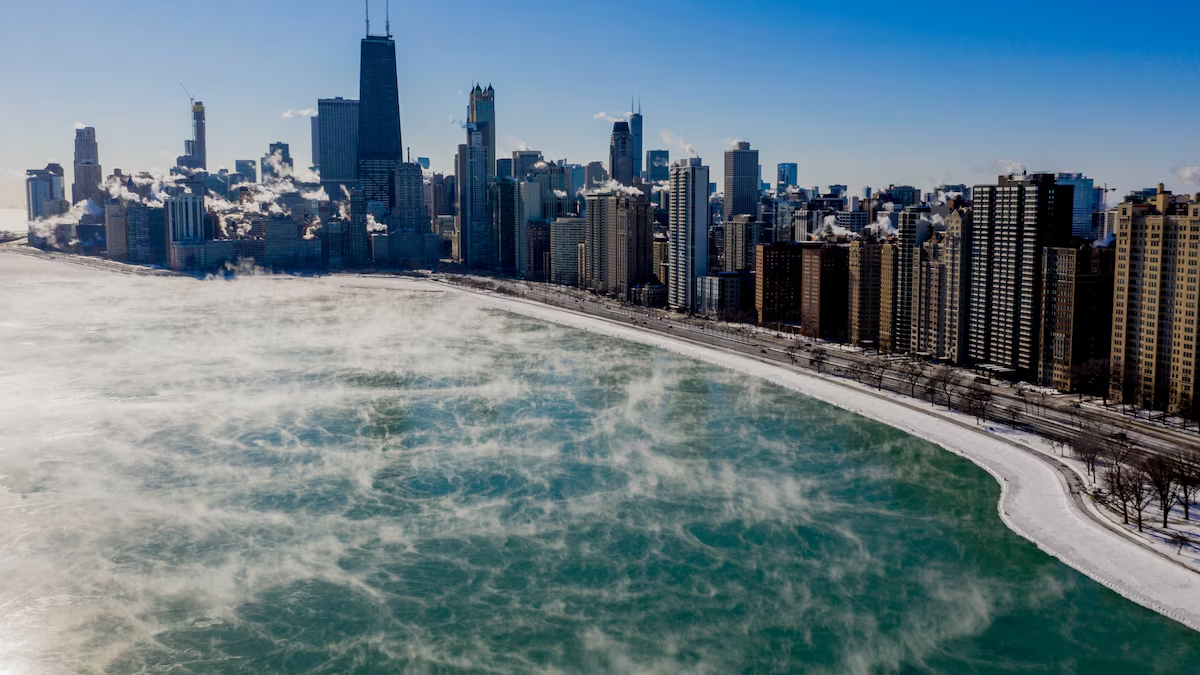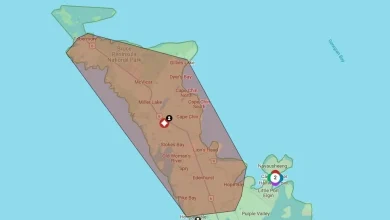What is lake-effect snow? Here’s how climate change is altering it

“The models all suggest that in the short run, maybe we’ll get more lake-effect or lake snow, but eventually the air just becomes too warm and it all becomes mostly rain,” Burnett explains.
While some may cheer at less snowfall, Burnett says he is concerned about what less snow means for the hydrologic conditions of the area.
Typically, temperatures are cold enough to allow snow to pile up and stay throughout the winter months. During the spring, temperatures will rise and these mounds of snow will begin to melt, allowing large swaths of water to runoff into local creeks, streams, and rivers, revitalizing aquatic ecosystems and soil.
Now, as winter snow diminishes, experts are concerned about the ripple effects of this precipitation cycle.
“We don’t have the snow collection that occurs over the winter. It snows, it melts. It snows, it melts. It snows, it melts,” Burnett says. “All of the water that comes from these little melts runs into the streams and rivers, but it’s not there in the bulk of spring, which changes the soil moisture conditions and not necessarily for the better.”





